What’s The Best Body Type For Swimming?
It’s a question that often pops up during swim trials or casual chats with fellow parents at the pool: What’s the best body type for swimming? Is there a golden standard? Do long limbs mean faster laps? Should my child be lean, broad-shouldered, or built like a torpedo?
At Splashiee Mermaids Swim School, we’ve worked with swimmers of all shapes, sizes, and statures—from the lanky six-year-old who barely makes a splash to the chubby-cheeked toddler who powers through the pool like a determined duckling. If there’s one thing we’ve learned over the years, it’s that swimming success isn’t locked behind a particular body type. It’s shaped by confidence, consistency, coaching, and a whole lot of heart.
What’s The Best Body Type For Swimming—Biologically Speaking?
If we’re looking at elite competition, yes—certain body features do show up more frequently. Olympians often have longer torsos, wider wingspans, flexible ankles, low body fat, and high muscle mass, especially in the shoulders and legs. That V-shaped upper body you see in pro swimmers? It helps reduce drag and generate more power.
But let’s pause there.
That’s the science of performance at the highest level—not the science of learning, enjoying, or even excelling at swimming for health, safety, and confidence. The moment we start applying Olympic standards to preschoolers or recreational swimmers, we lose the plot. We believe swimming is for every body.
Swimming Isn't Just a Sport—It’s a Life Skill
Whether your child wants to compete, stay safe at Sentosa, or just have fun during PE class, swimming is a foundational life skill. It’s not about looking like Joseph Schooling. It’s about knowing how to float, breathe, stroke, and recover—all while staying calm in the water.

And here’s the kicker: body type rarely determines who learns faster. Confidence does. We’ve seen skinny kids freeze at the edge of the pool and stockier kids glide through their first SwimSafer stage without breaking a sweat. It’s not the physique—it’s the mindset and the method of teaching.
How We Approach Body Differences at Splashiee
At Splashiee Mermaids Swim School, we know that every child’s body tells a different story. We don’t just teach swimming techniques; we teach kids to feel good in their bodies. Our coaches understand how to adapt techniques for different builds—whether that means using buoyancy tools, modifying breathing drills, or tailoring endurance sessions.
We don’t look at a kid and go, “Hmm, too short for butterfly.” We say, “Let’s help you find your rhythm, your pace, your power.” That’s why so many of our students stick around year after year. They feel safe, seen, and supported.
A Singaporean Lens: What Research Says About Physical Traits in Swimming
In a study by Sport Singapore, researchers found that early exposure, quality coaching, and motivation played a much bigger role in swim progression than body type. Kids from diverse builds were able to reach SwimSafer Gold levels when supported by the right structure and encouragement.
Another study debunked the myth that leaner children automatically perform better in physical activities. In fact, the results showed that consistent participation and parental involvement had more impact than body composition.
These findings reinforce what we’ve been championing all along at Splashiee: that the best swimmer isn’t defined by their shape—but by their support system.
So... Does Body Type Matter at All?
Sure, some physical traits can offer small advantages in certain strokes. A longer reach might help in freestyle. Flexible ankles may boost propulsion. But those are enhancements—not requirements.
You can be short and powerful, tall and graceful, round and buoyant—what matters is whether you show up and give it a go. Our training style at Splashiee celebrates progress, not perfection. We use encouragement, laughter, and a healthy dose of games to help kids build muscle memory and emotional resilience in the water.
A Real Story From Splashiee
Let us share a little story from our pool. We had a student, Ethan, who was often told by others that he wasn’t “built for swimming.” He was shorter than most of his peers, had a fuller build, and struggled with stamina. But Ethan? He loved the water. He turned up every week, rain or shine, and gave his all. With patience, coaching tweaks, and a lot of praise, Ethan completed his SwimSafer Bronze in under a year. Today, he’s the first to volunteer during relay games and helps newer kids with their goggles. That’s what swimming’s really about.
How Splashiee Coaches Tailor Techniques to Fit Every Swimmer
At Splashiee Mermaids Swim School, no two lesson plans are the same. We assess each student’s comfort level, coordination, and energy—not just their shape or size. We also believe that building water confidence early, especially in toddlers and preschoolers, sets the tone for how they experience swimming long-term.
Our coaches are trained to recognise natural movement patterns and adapt drills that align with your child’s strengths. A child with strong legs may excel in breaststroke. One with flexible shoulders might love backstroke. Instead of fitting them into a one-size-fits-all template, we build the technique around them.
Parents, Let’s Stop Comparing
We know comparison is natural. It’s tempting to look at other kids in class and wonder why yours isn’t catching up. But as we always say—progress is not linear, and it’s certainly not based on bone structure. Each swimmer is a unique mix of personality, mindset, motivation, and yes—a little muscle memory.
If you ever feel unsure, talk to our coaches. They’ll walk you through your child’s progress, explain what’s working, and what we’re working on. We want you to feel just as confident as your child feels in the water.
Inclusive Teaching Is at the Heart of What We Do
We’ve had students with coordination challenges, sensory sensitivities, and body image struggles. And they’ve thrived. Not because they had perfect proportions, but because they were met with patience, positivity, and personalised coaching. That’s the Splashiee difference.
Our recent article on building water confidence in toddlers dives deeper into this idea—how emotional readiness and play-based learning help overcome fear and hesitation, regardless of size or shape.
So, What’s The Best Body Type For Swimming?
The one your child has. The one that lets them float, kick, breathe, and laugh in the pool. The one that learns something new each week. At Splashiee Mermaids Swim School, we believe that every child is born with a body meant to move—and swim.
There’s no magic physique. Only magical moments—when your child swims across the lane for the first time or finally nails their breathing rhythm without panicking. Those wins are worth more than measurements.
Final Thoughts: Celebrate the Body Your Child Has
So let’s stop asking what’s the best body type for swimming—and start asking, how can we help every child become their best swimmer? At Splashiee, we’ve got the coaching, the heart, and the know-how to do just that.
Ready to get your little one started or bring them to the next level? Visit Splashiee Mermaids Swim School today to book a trial or learn more about our group and private classes. Because the water welcomes everyone—and so do we.
Click on the link to find out more about Splashiee Mermaid’s lesson package. Chat with our head coach today!
About Splashiee Mermaids
Private Swim Lessons
Group Swimming Lesson
Ladies Swimming Lessons
Childs Swimming Lessons
Whatsapp Us

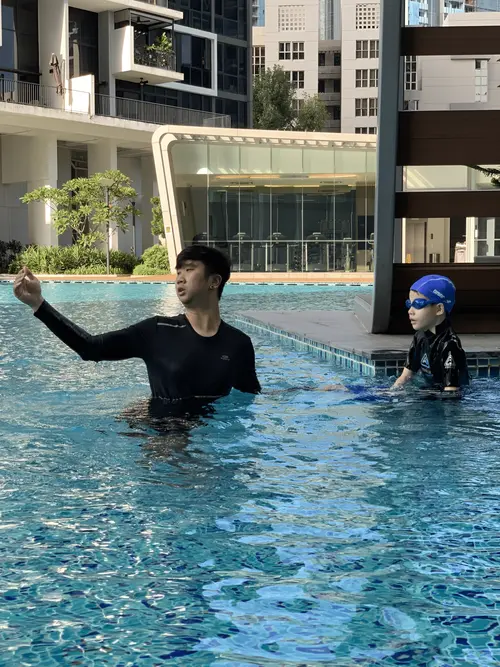
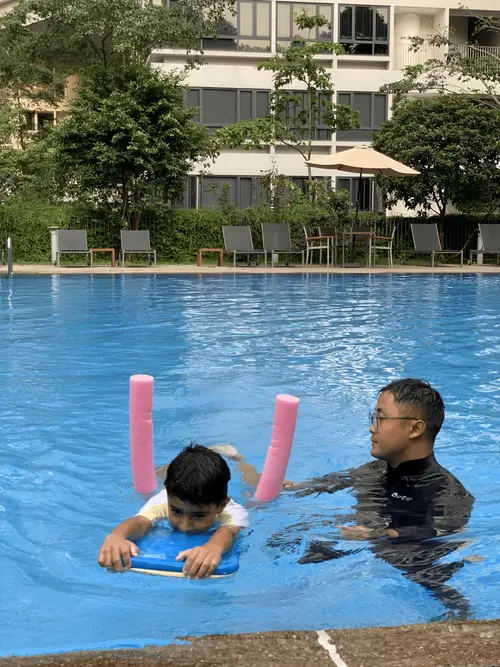
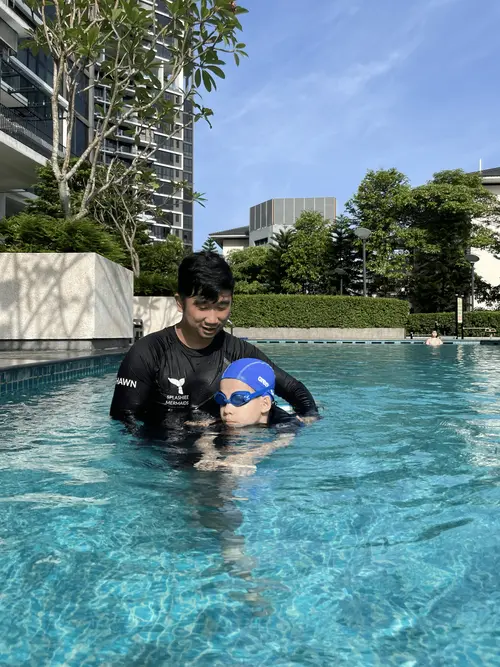
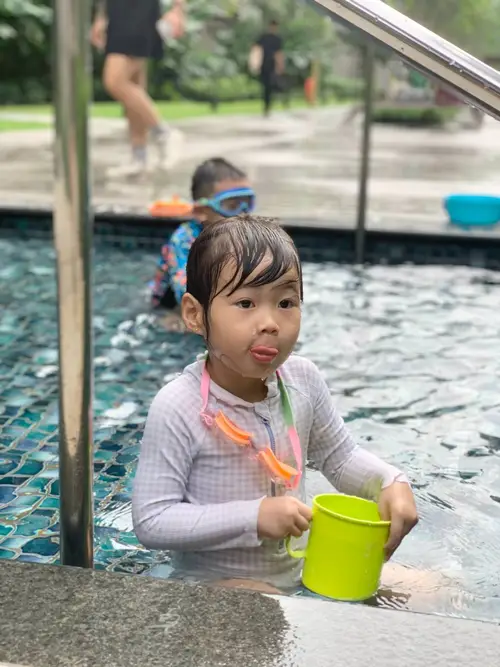
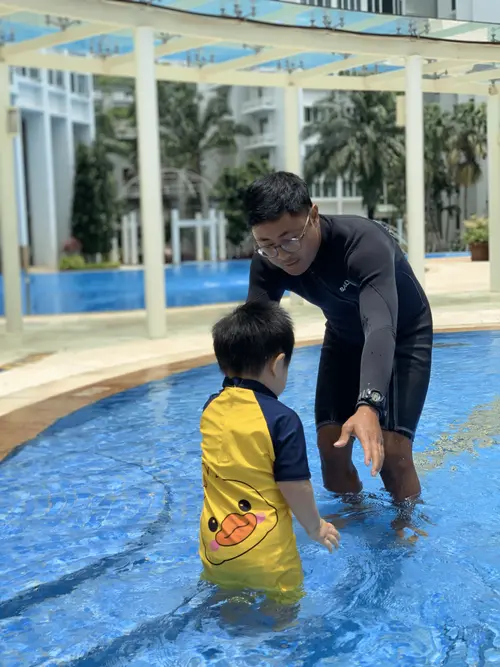
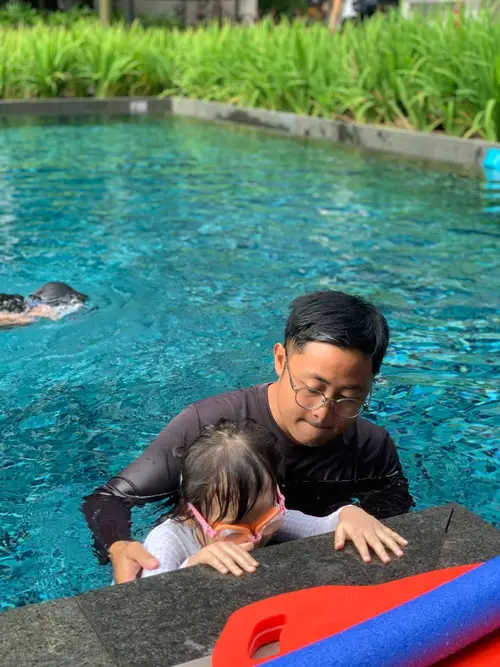
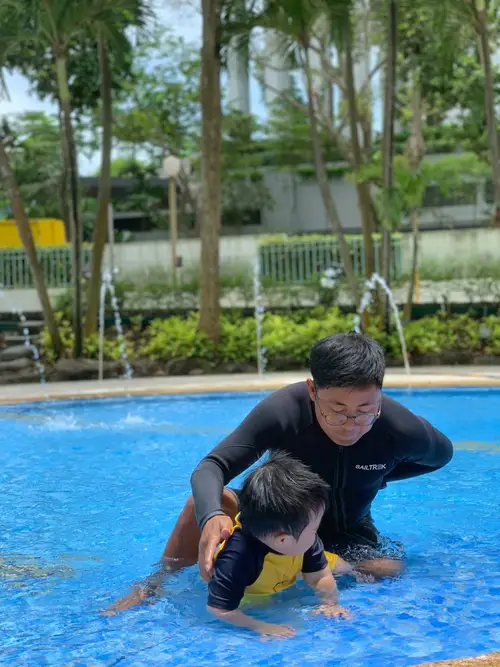
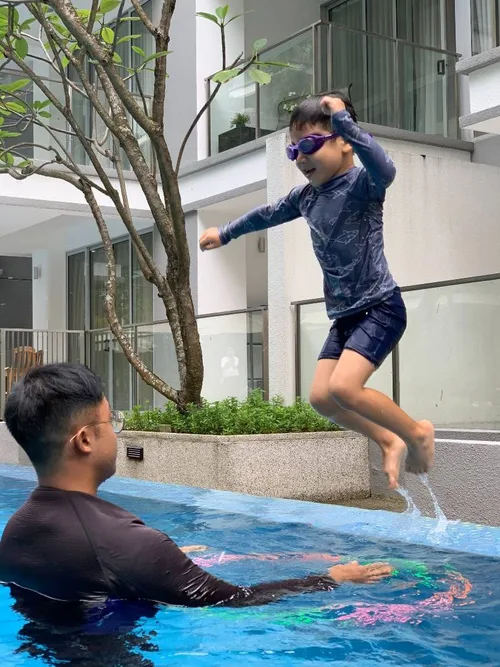
3 Responses